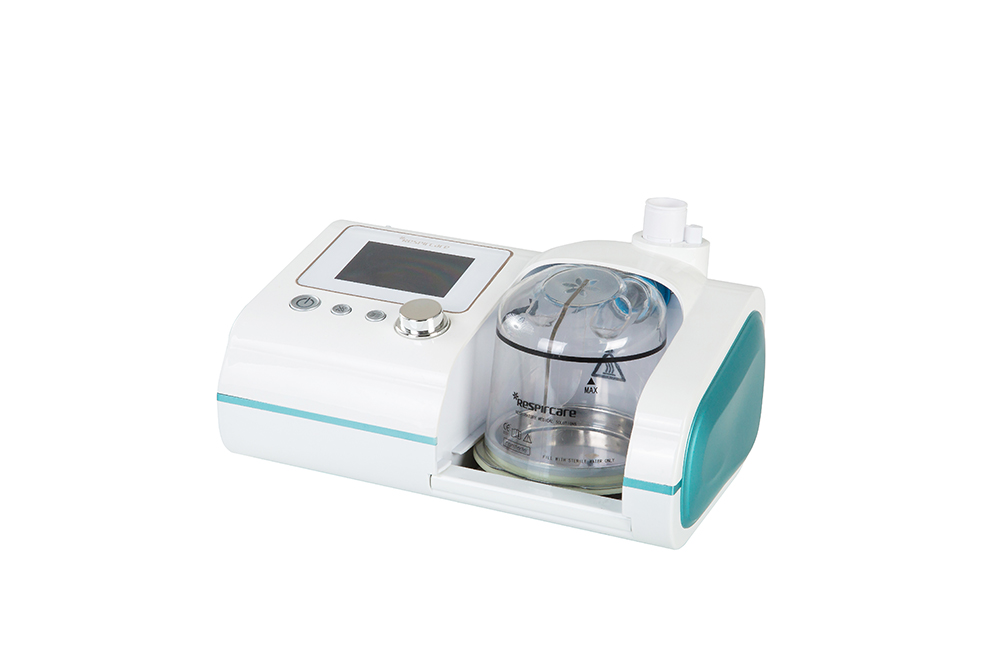

I still wonder about the role of noninvasive positive pressure ventilation in the management of palliative patients.
HFNC OXYGEN TRIAL
However, 78% of patients decided to continue with HFNC for their admission after the trial was over, which might be the most important outcome in a palliative care trial. HFNC is relatively safe, but it is worth noting that 4% (or 2 patients) could not tolerate HFNC, and 5 other reported discomfort with it. (Do you think this is helping you? Do you want to continue?) Therefore, our job is less about measuring the benefits, and more about considering the harms we might be causing. You can try a treatment, and because the only outcome you care about is patient comfort, you can get immediate feedback on whether you should continue the therapy or not. One thing that I love about palliative care is that n of 1 trials are always reasonable. A 2 point differences seems like it would matter, but could be heavily influenced by things like the reliability and validity of the scale. I am not very familiar with the Borg score, and the authors don’t discuss what would be considered the minimal clinically important difference. However, I can’t think of any reason that HFNC would be worse in my population. This study take place in Thailand, so the underlying pathology is probably somewhat different that I am used to in Canada, and it would be great to see the study replicated. I don’t know how I would blind this research, and I the benefit in objective measures like respiratory rate are reassuring. In palliative care, the subjective outcomes are all we care about, and there may be some role for the placebo effect, but we still want our science to give us real answers. Unblinded trials with subjective outcomes are always concerning for bias, especially when comparing ‘fancy new tech’ to older familiar therapies. As long as you are providing other proven therapies, like morphine, I think it is reasonable to extrapolate these results to patients with altered mental status as well. Those criteria are probably important for research purposes, but I doubt they matter clinically. I think it is very understandable in this study, because it is very difficult to find palliative patients how are objectively hypoxic, but don’t have an altered mental status. They had to screen 828 patients to find 48 that fit their criteria. Like many studies, selection bias is a big concern. Obviously, there are significant limitations to a non-blinded study of only 48 patients. Use of morphine was also lower in the HFNC group.

Objective measures such as respiratory rate and pulse-oximetry were also better in the HFNC group. The mean modified Borg scale (a 0-10 scale, with 10 being the most dyspnea) was 8 at the time of enrollment.Īfter 60 minutes, both therapies resulted in decreased dyspnea on the modified Borg scale, but the HFNC groups had lower average scores (2.9 versus 4.9, mean difference 2.0, 95% CI 1.4 to 2.6). The mean age was 60, and more than 90% were palliative due to a malignancy. The primary outcome was patient reported dyspnea on the modified Borg scale. Patients were randomized as to which therapy they started with, but then after one hour were immediately switched to the opposite therapy. The flow rate was adjusted to maintain an oxygen saturation greater than 95%. ComparisonĬonventional nonrebreather for 60 minutes. FiO2 was adjusted to maintain an oxygen saturation greater than 95%. The flow rate was set at 35 L/min and adjusted it to between 30 and 60 L/min to improve the participant’s comfort. High-flow nasal cannula (treatment B) by an OptiflowTM cannula using an AIRVOTM2 humidified high-flow system for 60 minutes. Patients were excluded if they had altered mental status.PatientsĪdult patients presenting to the emergency department with hypoxemic respiratory failure with a known palliative / do-not-intubate status. This is a randomized, nonblinded, AB/BA crossover trial comparing conventional oxygen therapy and high-flow nasal cannula. High-Flow Nasal Cannula Versus Conventional Oxygen Therapy in Relieving Dyspnea in Emergency Palliative Patients With Do-Not-Intubate Status: A Randomized Crossover Study. Ruangsomboon O, Dorongthom T, Chakorn T et al. There is now an RCT that, although imperfect, should encourage adoption of this practice if you are not already using it. When I originally wrote my approach to palliative dyspnea, I said that high flow humidified nasal (HFNC) oxygen made a lot of sense to me, but that the evidence is limited, and the practice is often hampered by some silly hospital rules. Therefore, high quality palliative care in the emergency department is a bit of a soapbox issue for me. If I wasn’t an emergency doctor, there is no doubt that I would be in palliative care.


 0 kommentar(er)
0 kommentar(er)
